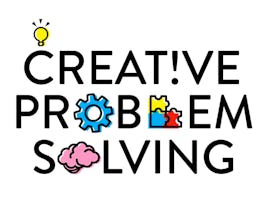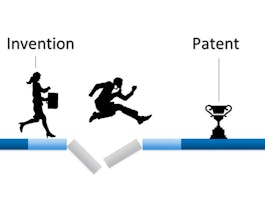This course is an introduction to learning and applying the principles required to solve engineering mechanics problems. Concepts will be applied in this course from previous courses you have taken in basic math and physics. The course addresses the modeling and analysis of static equilibrium problems with an emphasis on real world engineering applications and problem solving.



Introduction to Engineering Mechanics

Instructor: Dr. Wayne Whiteman, PE
Sponsored by Louisiana Workforce Commission
272,886 already enrolled
(4,992 reviews)
Details to know

Add to your LinkedIn profile
5 assignments
See how employees at top companies are mastering in-demand skills


Earn a career certificate
Add this credential to your LinkedIn profile, resume, or CV
Share it on social media and in your performance review

There are 5 modules in this course
In this section, students will learn the definition of a force and how to represent a force as a vector in two (2D) and three (3D) dimensions. Students will learn the concept of particle equilibrium and equilibrium of systems of particles. Concepts will be reinforced with example problems.
What's included
7 videos14 readings1 assignment
In this section, students will learn the definition of a moment. Students will calculate the moment of a force about a point, line or axis, and moment due to a couple.
What's included
5 videos10 readings1 assignment
In this section, students will learn the equilibrium equations in two (2D) and three (3D) dimensions. Students will solve equivalent system problems. System force results will be defined and calculated.
What's included
6 videos8 readings1 assignment
In this section, students will learn to analyze general equilibrium problems. Free Body Diagrams (FBD) will be defined. Concepts will be reinforced with example problems.
What's included
6 videos9 readings1 assignment
In this section, students will apply the equilibrium equations to solve two (2D) and three (3D) real world engineering problems. There will be an extensive use of example problems to reinforce concepts from the course.
What's included
6 videos11 readings1 assignment
Instructor

Offered by
Why people choose Coursera for their career




Learner reviews
4,992 reviews
- 5 stars
82.03%
- 4 stars
15.06%
- 3 stars
1.92%
- 2 stars
0.40%
- 1 star
0.58%
Showing 3 of 4992
Reviewed on Feb 2, 2017
Really Excellent Course. Learned a lot. The way Professor Teaches and explains is excellent. I would suggest all who are interested in mechanics should go through this course.
Reviewed on Mar 9, 2018
One of the best courses i have across till date. Short , precise and yet so easily understandable . Helped in brushing up earlier knowledge and the content was very student- friendly !!
Reviewed on Sep 4, 2020
Great course, as a Polymer Engineer working in Oil & Gas this was exactly what I needed to aid my understanding in mechanical engineering calculations and design. Thank you so much Wayne, A+++.
Recommended if you're interested in Physical Science and Engineering

University of Minnesota

Technical University of Denmark (DTU)

The Hong Kong University of Science and Technology

Open new doors with Coursera Plus
Unlimited access to 10,000+ world-class courses, hands-on projects, and job-ready certificate programs - all included in your subscription
Advance your career with an online degree
Earn a degree from world-class universities - 100% online
Join over 3,400 global companies that choose Coursera for Business
Upskill your employees to excel in the digital economy



